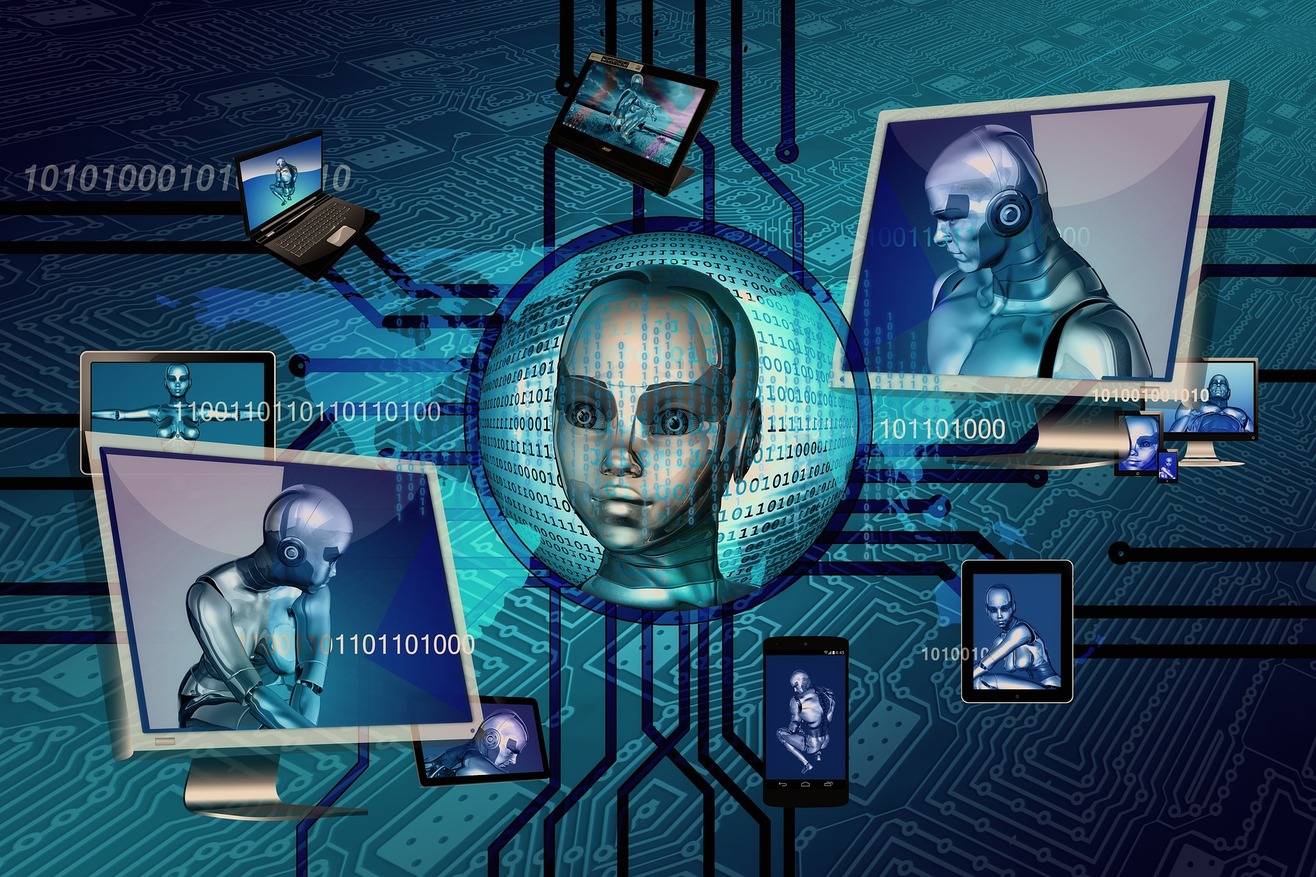What is Web 3 and How Does it Compare to Web 1 & 2?
The internet has gone through a lot of changes since its inception. From the early days of Web 1 to the more advanced Web 2, we have seen a huge shift in how we use the internet and access information. Now, with the emergence of Web 3, we are entering a new era of digital communication and data sharing that is set to revolutionize our online experience.
Web 1 was the first iteration of the internet, which was primarily static contact and basic communication. Web 2, where we currently are, brought about the rise of social media, e-commerce, and other interactive features, but it still relies on centralized systems and companies to control and monetize user data. Web 2 is largely based on dynamic and user generated content.
Web 3, on the other hand, aims to create a more decentralized and democratic internet by using blockchain technology to enable secure and transparent transactions without the need for a central authority. It also allows for the creation of decentralized applications (dApps) that are not controlled by any single entity and enable users to have more control over their data and online interactions.
By understanding the differences and iterations, we can get an idea about what lies ahead for us in terms of digital communication and data sharing in the future.
Common Web 3 Terms and Definitions
Web 3, aka the decentralized web or the blockchain web, is the next generation of the internet that utilizes decentralized technologies such as blockchain and smart contracts to create a more open, transparent, and autonomous web. Some of the common terms used in Web 3 include:
- Blockchain: A decentralized, distributed ledger technology that enables secure and transparent transactions without the need for a central authority.
- Smart Contracts: Self-executing contracts with the terms of the agreement written directly into code, which can be stored and replicated on the blockchain.
- Decentralized Finance (DeFi): A financial system built on blockchain technology that allows for decentralized lending, borrowing, and trading of assets.
- Non-Fungible Tokens (NFTs): A type of digital asset that represents ownership of a unique item, such as a piece of artwork or a collectible.
- Cryptocurrency: A digital or virtual currency that uses cryptography for security and operates independently of a central bank.
- Distributed Ledger Technology (DLT): A technology that allows multiple parties to maintain a shared digital ledger of transactions without the need for a central authority.
- Tokenization: The process of converting assets or rights into digital tokens that can be traded on a blockchain.
- Oracles: A third-party service that connects smart contracts to external data sources.
- Decentralized Autonomous Organization (DAO): A digital organization that is run by its members through smart contracts on a blockchain.
- Gas: A fee paid to the network of a blockchain protocol, such as Ethereum, to perform a transaction.
These are some of the most basic terms used in Web 3. It’s important to familiarize yourself with them; you will start to hear them used more regularly in articles, media and news cycles.
Web 3 is the next iteration of the internet, and it’s ushering in a new era of technology. Understanding basic terms like decentralized applications, blockchain, smart contracts, etc., you’ll be better prepared to discuss and understand news related to Web 3.








